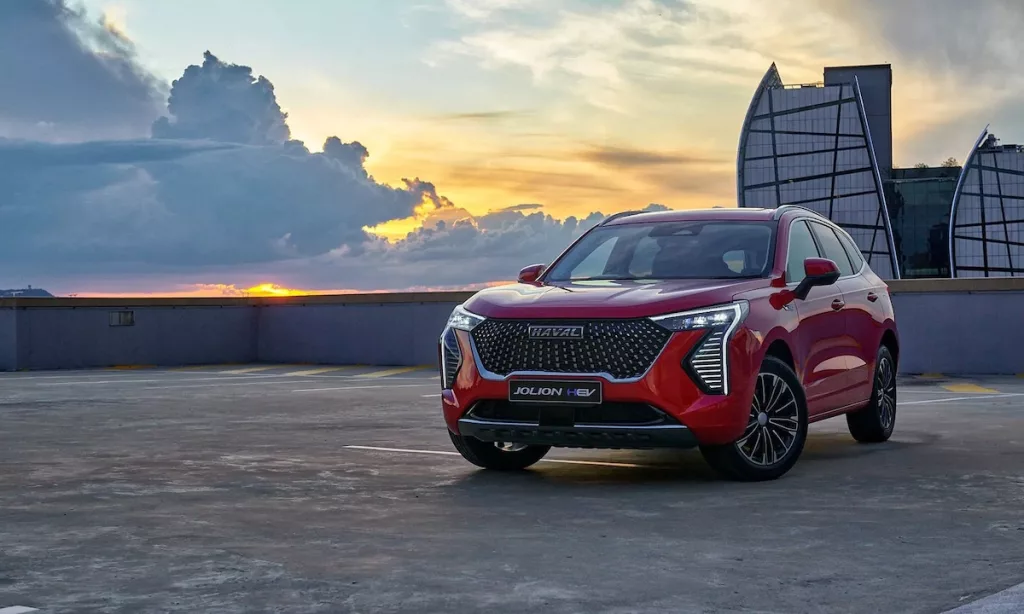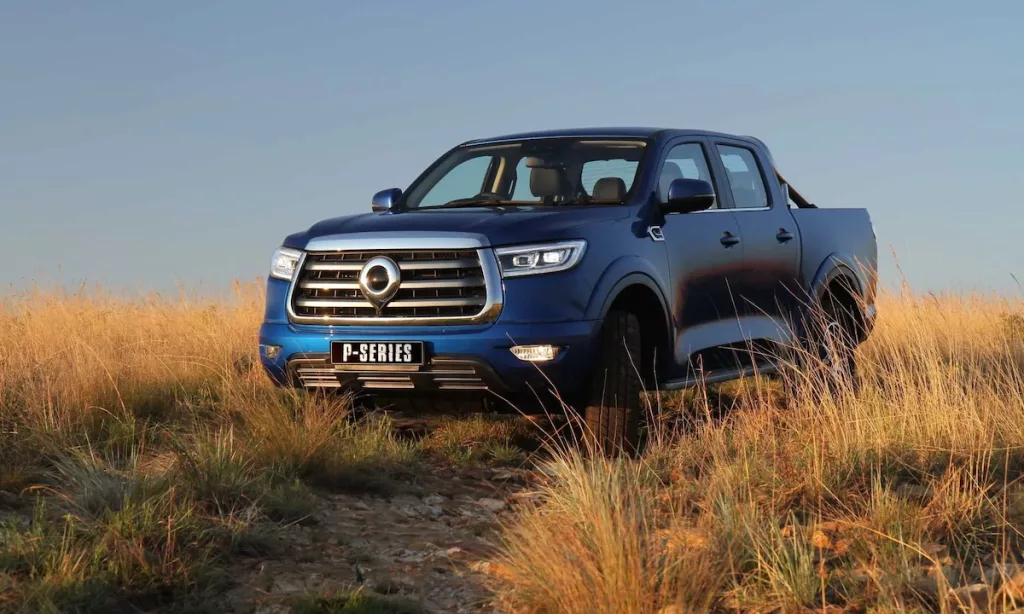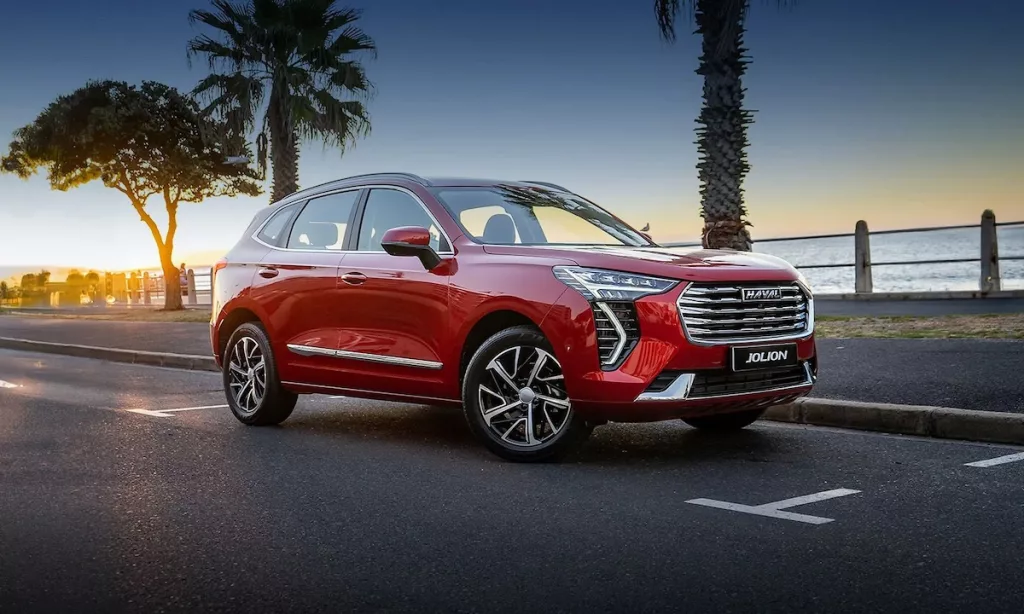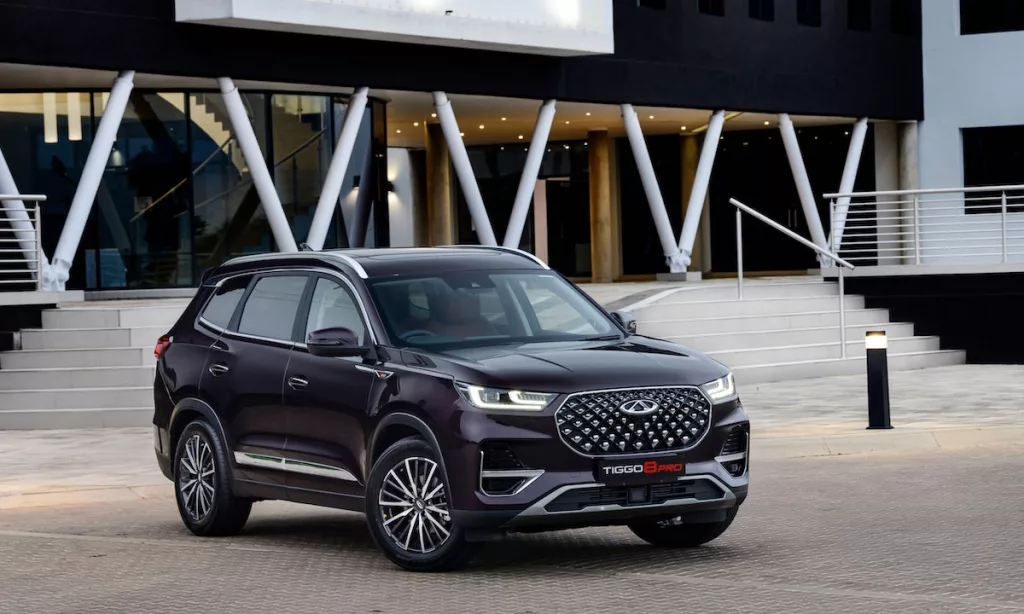How Far Chinese Automakers Have Come in SA Over 5 Years
Chinese automakers have been on a remarkable journey of sales growth and transformation over the past five years in Mzansi. We take a detailed look at the data to see what is going right.

Image: Haval
Over the past several years, Chinese automotive brands have demonstrated consistent progress in their annual sales figures, showcasing the industry’s dynamic evolution. Let’s delve into a year-on-year comparison of sales growth for these brands during this period.
Looking for your next Haval? Visit our listing page and find it with CARmag
This specific analysis zeroes in on Chery Auto South Africa and Haval Motors SA’s annual sales performance in the LCV and passenger segments. Both brands have risen to prominence, earning spots on the monthly best-sellers list. Notably, Chery Auto South Africa’s reentry into the market proved strategic after their shortlived first foray a few years prior but the brand has worked to alter that perception into a more positive one with their new fleet. Insights from their performance shed light on evolving automotive trends and consumer preferences.
Related: Who is Winning the Chinese Sales Race in South Africa?
Dr. Norman Lamprecht, the executive manager at Naamsa, provided some insights into this phenomenon. Notably, Chery Auto South Africa began reporting new vehicle sales at the end of 2021 once they had returned with a new lineup of models. As a result, although the Naamsa document shows zero sales from 2018 to 2021, Chery models have been experiencing significant demand after their return.
Want to know how well they are doing against other industry stalwarts? Read here: Chinese Manufacturers vs. Market Leaders in the Local Passenger Vehicle Segment
Turning our attention to Haval Motors SA, a brand that has consistently reported to Naamsa over this five-year period, it is evident that there has been a rise in popularity with their new lineup of models. The Chinese collection of automakers had already laid a solid foundation, setting the stage for subsequent growth. Specifically, in 2018, their sales amounted to a total of 2 554 vehicles. This comprised 109 units of the GWM H5, 551 units of the GWM M4, and the standout performer, the GWM P-Series Steed, with a notable 1 894 units sold.

Image: GWM
In the following year, 2019, Haval Motors SA experienced a considerable surge in sales. Their sales figures grew nearly fivefold compared to the previous year, reaching a total of 10 650 units sold. This remarkable growth in sales demonstrated the Group’s growing popularity and market presence. With the introduction of new models, it is expected that their ageing lineup would drop in sales. Despite the solid foundation laid, there were noticeable shifts in sales for specific models. The veteran GWM H5 and M4 experienced a substantial decline in sales, with only 10 and 124 units sold respectively. This marked a significant contrast from their previous annual sales performance.
Related: All Chinese Imported Vehicles Sold in South Africa
Breaking down the model-specific sales, the Haval H1 garnered notable attention, securing sales of 2 916 units, and the H2 recorded sales of 4 403 units, showcasing a strong market presence. However, the Haval H6 experienced a dip in sales, with only 383 units sold, while its counterpart, the H6 C, garnered better traction with 699 units sold. The Haval H9 saw more modest demand, selling 98 units, while the Haval Jolion and the GWM P-Series did not register any sales in 2019, the P-Series Steed managed to secure 2 017 sales.
Shifting focus to 2020, it’s crucial to acknowledge the impact of Covid-19 on new vehicle sales during the year. As expected, there was a noticeable drop in sales figures during this period, reflecting the industry-wide challenges posed by the pandemic. Notably, the GWM H5 saw no sales during this period, signalling its exit from the market, while the GWM M4 experienced a sharp decline, selling just 3 units.
On the Haval front, the H1, though still in demand, witnessed a drop in sales, with 2 185 units sold in 2020. In contrast, the Haval H2 gained traction, recording sales of 4 460 units. The Haval H6 SUV and its counterpart, the H6 C, recorded sales figures of 320 and 496 units, respectively. Meanwhile, the Haval H9 had a more modest showing, selling 71 units in 2020. It’s important to note that the Haval Jolion was yet to be introduced, and thus, there were no recorded sales for this model.

Image: Haval
Shifting the focus to the bakkie segment, the GWM P-Series had limited sales at 42 units, whereas the P-Series Steed continued to perform well, selling 1 675 units. In total, Haval Motors SA recorded 9 252 units sold in 2020.
Moving on to 2021, the Haval H2 maintained a decent presence with 2 325 units sold. The Haval H6, on the other hand, experienced a surge in sales, reaching 1 693 units, surpassing the H6 C, which sold 397 units. The Haval H9 recorded sales of 105 units, and the introduction of the Haval Jolion saw remarkable success, with 5 417 units sold in its debut year. In the bakkie category, the GWM P-Series made a comeback with 4 556 units sold, while the P-Series Steed experienced a decline with 3 105 units sold in 2021.
Fast forward to 2022, Chery South Africa signalled their return to Mzansi. The Chery Tiggo series made a notable debut, with the Tiggo 4 Pro selling 4 622 units, the Tiggo 7 Pro recording 2 084 units sold, and the Tiggo 8 Pro garnering 1 307 units in total. Chery South Africa’s cumulative sales amounted to 8 013 units.

Image: Chery
For Haval Motors SA, 2022 presented a mixed picture. The H1 saw no sales, while the H2 recorded 6 units sold. The Haval H6 hit a peak, selling 4 771 units, whereas the H6 C registered only 2 units sold. The Haval H9 recorded 89 units sold for the year. Notably, the Haval Jolion continued its impressive run, with sales figures reaching 9 068 units. In the bakkie segment, the GWM P-Series achieved 4 182 unit sales, while the P-Series Steed performed well with 4 521 units sold. Haval’s total sales for 2022 amounted to an impressive 22 639 units across the expanding range.
Here is a broad look at the annual sales growth for Chinese Automakers
Haval Motors SA annual sales 2018: 2 554
Haval Motors SA annual sales 2019: 10 650
Haval Motors SA annual sales 2020: 9 252
Haval Motors SA annual sales 2021: 19 062
Haval Motors SA annual sales 2022: 22 639
Chery Auto South Africa annual sales 2022: 8 013
Dr. Normal also shared his thoughts about the recent sales growth, “Given the weak macro-economic environment in the country with high-interest rates, high inflation and pressure on household incomes affordability seems to drive new vehicle sales. Consumers are buying down to smaller vehicles or used vehicles. The Chinese brands are popular and affordable and therefore gaining traction”.
Browse over 23 000 new and used vehicles with CARmag
The post How Far Chinese Automakers Have Come in SA Over 5 Years appeared first on CAR Magazine.
The Car Guide
Comments
Post a Comment